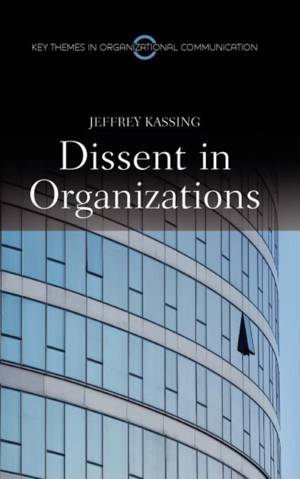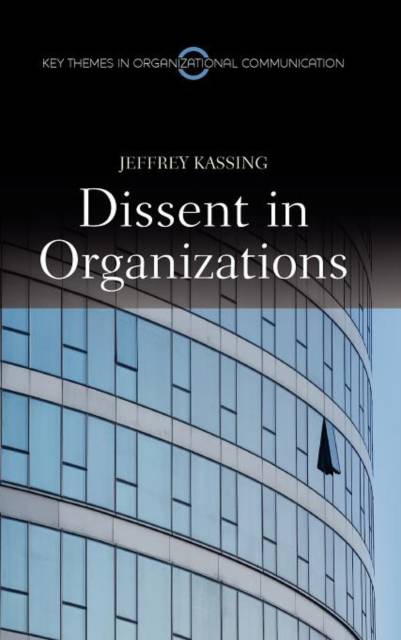
- Retrait gratuit dans votre magasin Club
- 7.000.000 titres dans notre catalogue
- Payer en toute sécurité
- Toujours un magasin près de chez vous
- Retrait gratuit dans votre magasin Club
- 7.000.000 titres dans notre catalogue
- Payer en toute sécurité
- Toujours un magasin près de chez vous
Description
Employees often disagree with workplace policies and practices, leaving few workplaces unaffected by organizational dissent. While disagreement persists in most contemporary organizations, how employees express dissent at work and how their respective organizations respond to it vary widely.
Through the use of case studies, first-person accounts, current examples, conceptual models, and scholarly findings this work offers a comprehensive treatment of organizational dissent. Readers will find a sensible balance between theoretical considerations and practical applications.
Theoretical considerations include:
- how dissent fits within classical and contemporary organizational communication approaches
- dissent's relationship to, yet distinctiveness from, related organizational concepts like conflict, resistance, and voice
- explanations for why employees express dissent and how they make sense of it
- the relationship between organizational dissent and ethics
Practical applications encompass:
- recommendations for employees expressing dissent and managers responding to it
- consideration of the range of events that trigger dissent
- strategies employees use to express dissent and tools organizations can apply to solicit it effectively
- the unique challenges and benefits associated with expressing dissent to management
The book's specific focus and engaged voice provide students, scholars, and practitioners with a deeper understanding of dissent as an important aspect of workplace communication.
Spécifications
Parties prenantes
- Auteur(s) :
- Editeur:
Contenu
- Nombre de pages :
- 200
- Langue:
- Anglais
- Collection :
- Tome:
- n° 3
Caractéristiques
- EAN:
- 9780745651392
- Date de parution :
- 12-07-11
- Format:
- Livre relié
- Format numérique:
- Genaaid
- Dimensions :
- 150 mm x 211 mm
- Poids :
- 417 g







